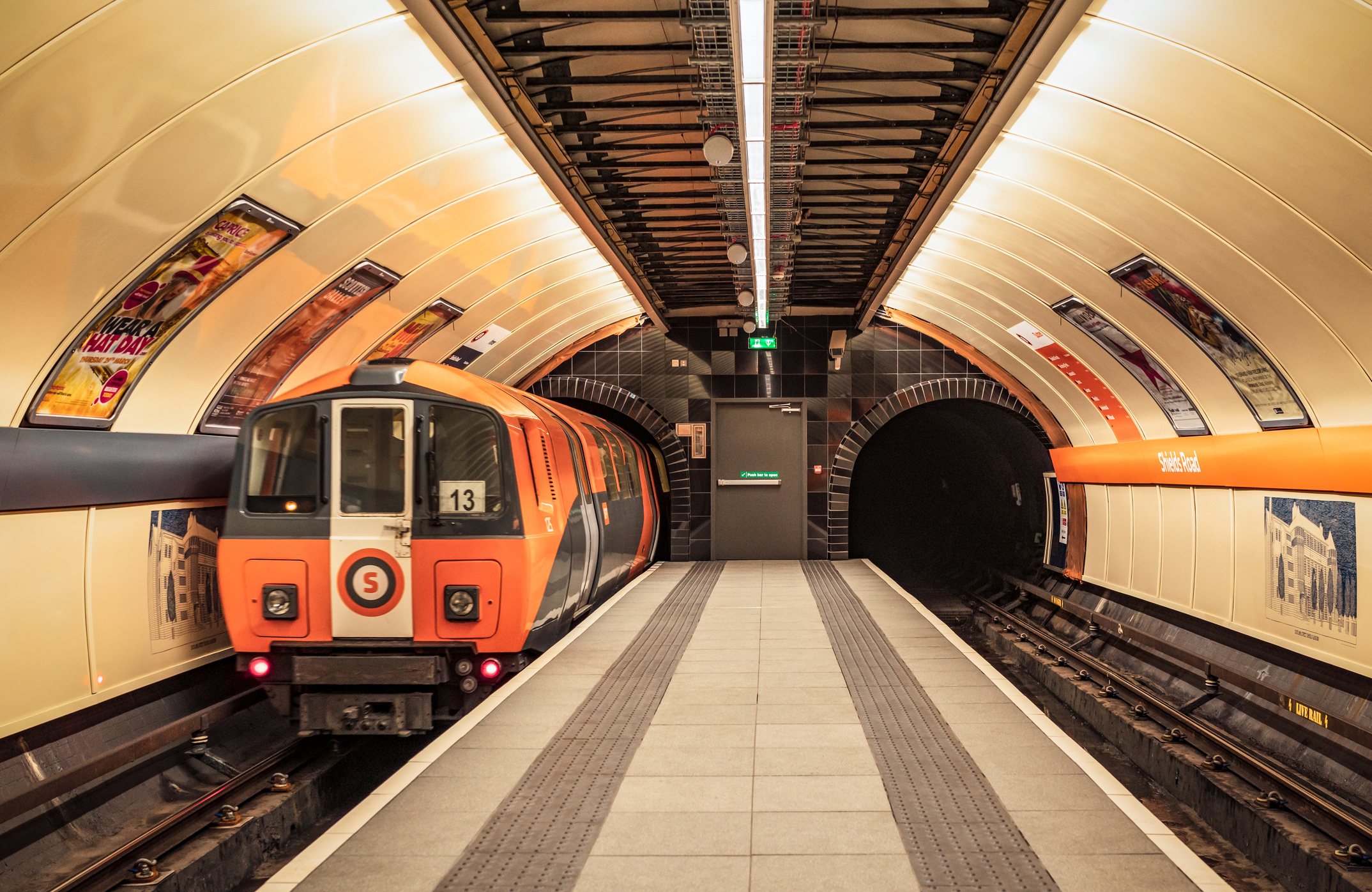14 December 1896: the Glasgow Subway opens to passengers
On this day in 1896 the Glasgow Subway, the world's third underground metro system, opened to passengers.

Glasgow's shipyards were once some of the busiest in the world, with the heart of the industry in the district of Govan on the banks of the River Clyde. Their success mean the city expanded rapidly, and by the 1890s the population had hit 700,000. To get this army of workers around, Glasgow embarked on a huge infrastructure project, the District Railway.
The Glasgow Subway, as it is now officially known, opened on this day in 1896 – before Paris, Berlin and even New York. It is the third oldest in the world after the London Underground and the Budapest Metro. Still today it is the only heavy-rail underground metro system in the British Isles outside the capital, and the only one that operates completely underground. It is a 6.5-mile loop with twin tracks that allow trains to run both clockwise and anti-clockwise through its 15 stations.
In the 1950s Glasgow's population peaked at more than one million people, becoming one of the most densely populated cities in the world. But after the 1960s, it went into decline. The subway's infrastructure became derelict – by the late 1970s Subway stations had a distinctive earthy smell, and cracks appeared in the roof of Govan Cross station.
MoneyWeek
Subscribe to MoneyWeek today and get your first six magazine issues absolutely FREE

Sign up to Money Morning
Don't miss the latest investment and personal finances news, market analysis, plus money-saving tips with our free twice-daily newsletter
Don't miss the latest investment and personal finances news, market analysis, plus money-saving tips with our free twice-daily newsletter
But once the oil bonanza arrived in Scotland, the Subway was almost completely refurbished. Between 1977 and 1980 stations were virtually rebuilt with dark brown bricks, orange-yellow wall tiles and other surfaces in off-white, plus brown uniforms for the staff. A new corporate identity was introduced, with trains painted bright orange, leading to the system being nicknamed the "Clockwork Orange".
In September 2012, Strathclyde Partnership for Transport launched an app for commuters, where they could "Check in" using Facebook at the Subway stations. Despite a clunky user interface, the app lets users search their local areas for amenities like pubs and shops, users can register for a smartcard, and even check arrival and departure times.
Get the latest financial news, insights and expert analysis from our award-winning MoneyWeek team, to help you understand what really matters when it comes to your finances.
-
 Investors will reap long-term rewards from UK equities
Investors will reap long-term rewards from UK equitiesOpinion Nick Train, portfolio manager, Finsbury Growth & Income Trust, highlights three UK equities where he’d put his money
-
 The graphene revolution is progressing slowly but surely
The graphene revolution is progressing slowly but surelyEnthusiasts thought the discovery that graphene, a form of carbon, could be extracted from graphite would change the world. They might've been early, not wrong.